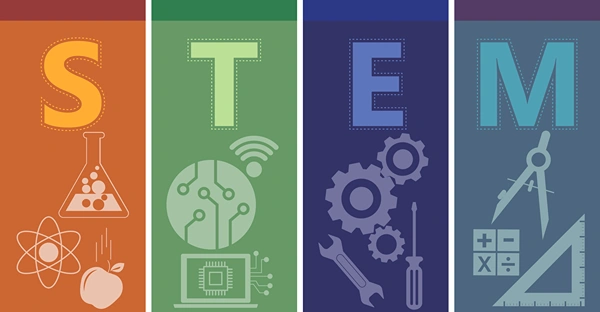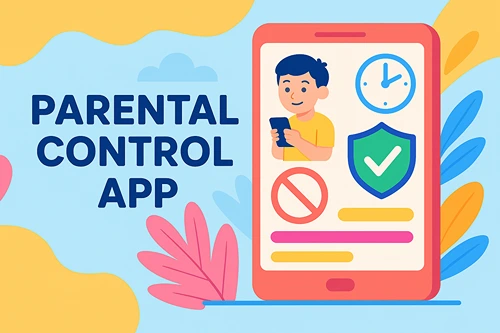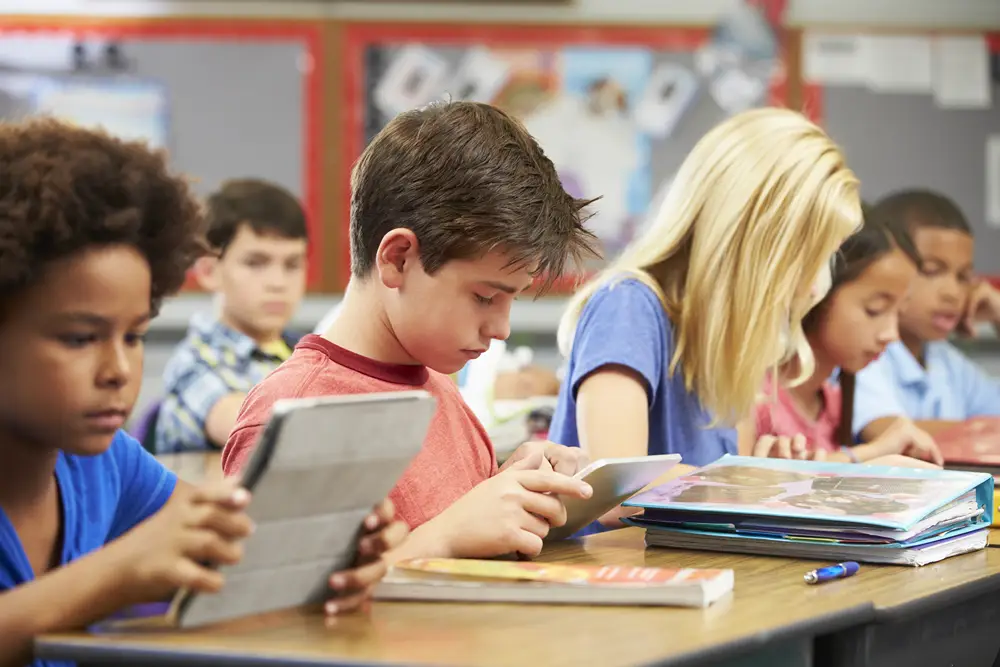How ABA Therapy Can Support Digital Learning for Kids With Autism
Digital learning, once a supplementary tool, has become a primary mode of education for many students. This shift has opened new opportunities for all learners, including children with autism. One approach that has shown significant promise in supporting these students in a digital environment is Applied Behavior Analysis (ABA) therapy.
ABA therapy is a widely recognized and effective intervention for autism. It can be seamlessly integrated with digital learning platforms to enhance educational outcomes.
Understanding ABA Therapy
ABA therapy is a structured approach to understanding and changing behavior. It is based on the principles of behaviorism, which emphasize the relationship between behavior and the environment. The primary goal of ABA therapy is to improve social, communication, and learning skills through positive reinforcement. By breaking down complex tasks into manageable steps, ABA therapists can help children with autism learn new skills and behaviors systematically.
The application of ABA therapy is individualized, catering to the unique needs of each child. This personalization is crucial for children with autism, who often have diverse and specific learning needs. ABA therapy sessions typically involve one-on-one interaction between the therapist and the child, providing initial assessment for children with autism and constructing a plan to help them grow in a safe, tailored environment.
The Role of Digital Learning
Digital learning encompasses various educational methods delivered through digital platforms, including online courses, interactive apps, and virtual classrooms. For children with autism, digital learning offers several advantages. It provides a flexible and consistent learning environment, allowing for individualized pacing and repetition, which are often beneficial for students with autism.
Moreover, digital learning tools can be customized to cater to the sensory preferences and cognitive strengths of children with autism. For instance, visual learners can benefit from video-based instructions, while those with a preference for auditory learning can engage with podcasts or audio recordings. The interactive nature of many digital tools also encourages active participation and immediate feedback, which are essential components of effective learning for children with autism.
Integrating ABA Therapy with Digital Learning
Personalized Learning Paths
One of the core principles of ABA therapy is the creation of personalized learning plans based on the individual needs of the child. Digital learning platforms can be tailored to follow these personalized plans, ensuring that the educational content aligns with the child’s specific learning goals. For example, if a child is working on improving their communication skills, digital tools can be used to create interactive exercises that reinforce these skills.
Consistent Structure and Routine
Children with autism often thrive in structured environments with clear routines. ABA therapy emphasizes consistency and predictability, which can be mirrored in digital learning platforms. By establishing a consistent schedule for digital learning sessions, children can develop a routine that helps them feel secure and focused. The use of visual schedules and timers within digital tools can further enhance this structured approach.
Positive Reinforcement
ABA therapy relies heavily on positive reinforcement to encourage desired behaviors and skills. This principle can be effectively applied in a digital learning context. Digital platforms can incorporate reward systems, such as badges, points, or virtual prizes, to motivate children and reinforce their achievements. Immediate feedback through digital tools can also serve as a form of positive reinforcement, encouraging continued engagement and effort.
Social Skills Development
Social skills are a critical area of development for children with autism, and digital learning can play a significant role in this aspect. ABA therapy often includes social skills training, which can be enhanced through virtual interactions and online group activities. Digital platforms can facilitate social interaction through video conferencing, collaborative projects, and virtual games that promote communication and teamwork. These virtual interactions provide a safe and controlled environment for children to practice and develop their social skills.
Sensory-Friendly Learning
Children with autism can have unique sensory needs and sensitivities. Digital learning tools offer the flexibility to create sensory-friendly environments by adjusting visual and auditory elements. ABA therapists can work with digital educators to design content that minimizes sensory overload and caters to the sensory preferences of each child. This tailored approach can make learning more comfortable and effective for children with autism.
Final Thoughts
The combination of ABA therapy and digital learning holds significant potential for enhancing the educational experiences of children with autism. By leveraging the strengths of both approaches, educators and therapists can create personalized, structured, and engaging learning environments that support the unique needs of these children. As digital learning continues to evolve, integrating ABA principles can ensure that children with autism receive the tailored support they need to thrive academically and socially.
Related Reading:
Could stem cell therapy help reduce behavioral symptoms in autism?






